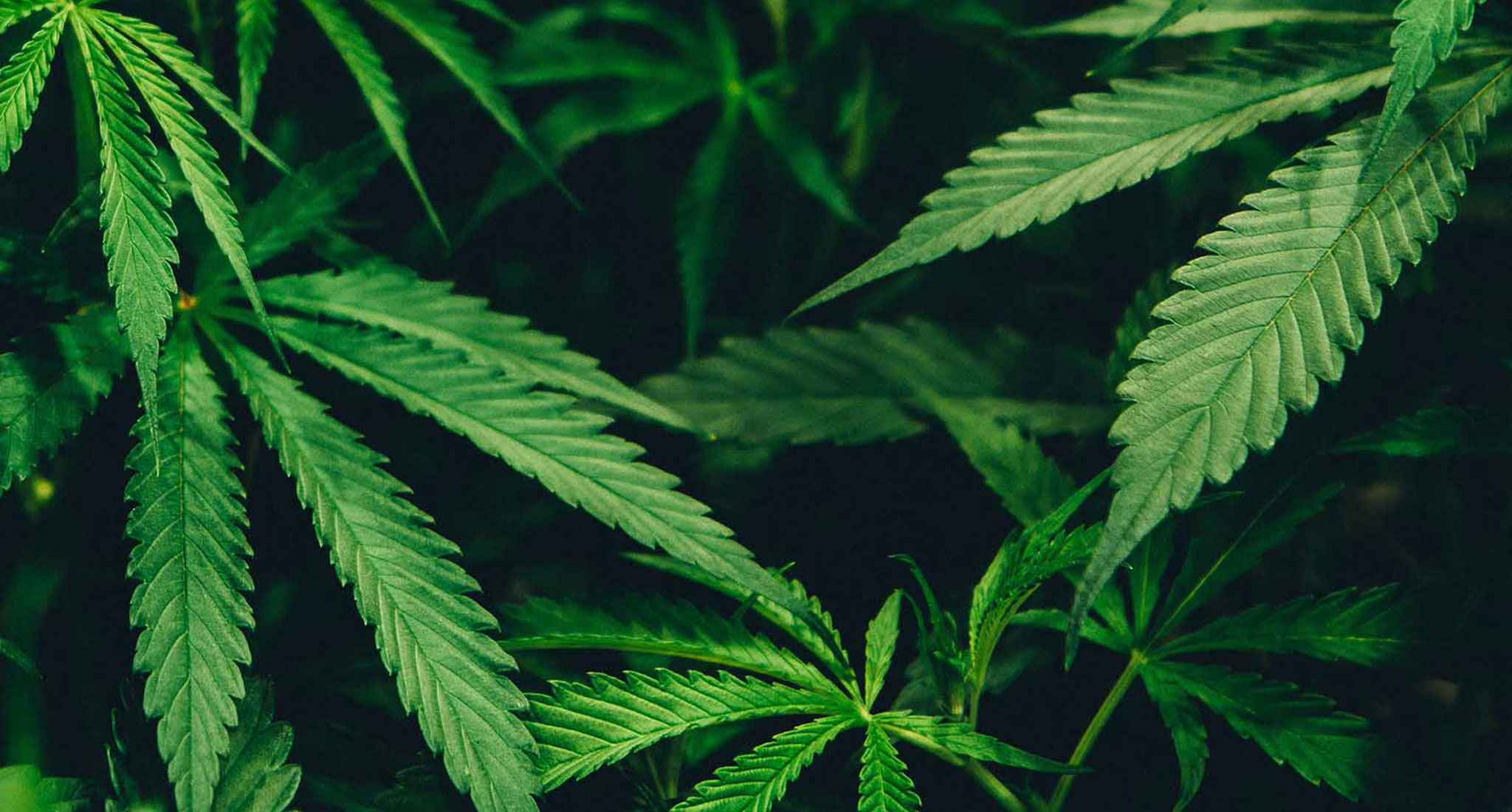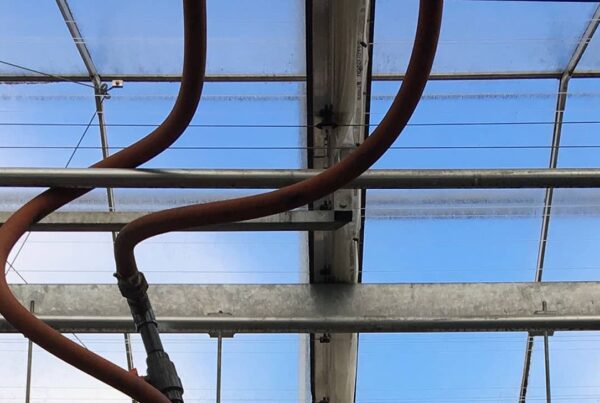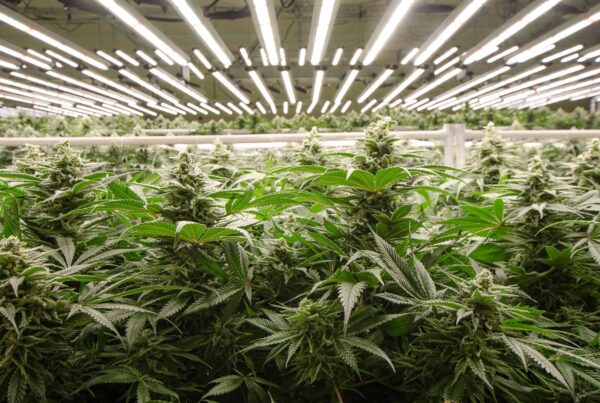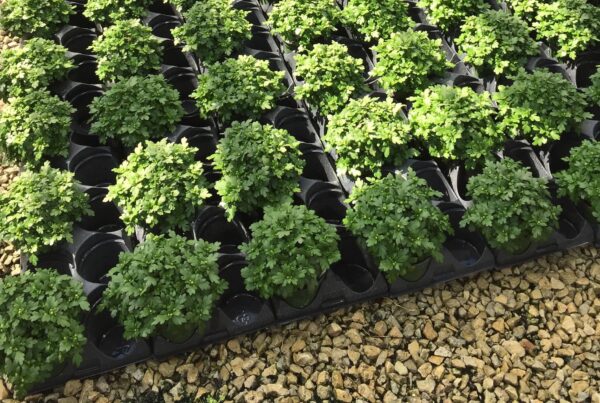Advice for State and Federal Governments Looking to Incorporate Energy Guidelines in Cultivation Licensing
Peer-reviewed Guidance for State and Federal Lawmakers
There are a number of opportunities for state and federal agencies, and, to a certain extent, utilities, to influence the cannabis industry with effective targeted policies. These suggestions are organized by time frame: before a legal commercial cannabis market, in the early stages of a legal market, and during the continuous improvement stage of a market.
PRE-MARKET
Think about how much cultivation infrastructure will be economically viable in your state. Avoid building a lot of energy-intensive operations that won’t be able to compete when the interstate trade walls come down. To understand the feasibility of the size of a potential cannabis market, balance economic competitiveness, job opportunities, potential tax revenues, social equity, and environmental impact.
Focus on carbon, not just energy. Companies using regenerative soil practices and renewable energy should get credit for their sustainable activities. Grids are changing and becoming increasingly fossil-free. States should consider implementing carbon-based fees like those used in Boulder, CO.
Resist banning any method of cultivation until we know more. Outdoor approaches can be the lowest carbon and odor and safety can be managed. Suggestions to ban indoor are insufficient given the complexity and lack of contemporary data. Governments don’t dictate manufacturers in any other industrial sector how to produce; they set standards and enforce improvements.
Create standards on lighting with cultivation stakeholders; these requirements will affect nearly all cultivation facilities as many outdoor growers use lighting for early growth cycles of their plants. In the aggregate, the energy use associated with lighting is large and can be reduced. Write standards that include fixture efficiency, not just Watts per square foot. Require third-party certified equipment (DesignLights Consortium) to receive utility incentives.
IN-MARKET
We need more data to determine baselines of energy intensity by cultivation approach (outdoor, greenhouse, indoor). Resource benchmarking platforms like the Cannabis PowerScore offer the opportunity to analyze a larger set of aggregate data if states and utilities require self-reporting of energy performance to renew licenses and receive financial incentives. Adjust baselines and establish incremental savings targets over time based on the data.
Support educational programs and influence cultivator behavior to help states achieve climate action goals. The market needs for best practices to be developed, and to be informed of them. Performance is all over the map even when efficient technologies are installed, and variability in performance is lost profit potential for cannabis businesses. Translate operational expenses into energy literacy with grower-led educational events like RII’s Efficient Yields Cultivation Workshops.
The increased load growth from the cannabis industry must be addressed by utilities and their energy efficiency programs. In the majority of markets, utilities are not equipped to manage the complicated and highly technical cultivation customer segment of the industry, creating a technical knowledge and customer service gap between utilities and their customers. The result of this gap is businesses that operate with less than optimal energy efficiency, despite the huge potential for improved efficiency in the market. Ensure utility incentives during code adoption until best practices are understood and efficient technologies are incumbent. Utilities and state policies need to be supportive to help cultivators buy down the cost of efficient technology.
Best practices for utility program design suggest that offering prescriptive programs for efficient lighting and HVAC equipment specific for horticultural facilities will help utilities reach these customers better, meet savings targets, and help states achieve greenhouse gas emissions reductions goals. Most of today’s North American utility programs do not offer prescriptive rebates for horticultural equipment, which means that cultivators have to participate in custom incentive programs, which can be more difficult to navigate for the customer and provide lower volume of projects to the utility. Barriers to the cultivator include engineering analysis to pre-approve equipment prior to purchase and installation to verify custom energy savings calculations. Without industry-specific low-barrier programs to focus on offsetting the cost of efficient equipment for cultivators, there is little participation from the industry, and cultivators continue to operate with traditional equipment used by the illicit market, or bear the full burden of energy efficient upgrades.
Promote renewable energy sources and building and transportation electrification in tandem with energy and resource efficiency. Utilities can encourage cultivation customers to decarbonize their operations and limit their impact on the grid with electrification programs and support for distributed renewable energy projects, while also motivating them to conserve energy in their buildings with rebates for efficient equipment.
CONTINUOUS IMPROVEMENT
As the market reaches maturity, environmental leaders can be identified and recognition programs and forms of voluntary certifications can support conscientious cultivators and drive consumer awareness and action.
Amplify equity. Ensure and prioritize support for less capitalized producers of color by offering state-backed low interest loans on efficient technologies.
Develop a national policy and technology knowledge transfer website that contains regulatory information about each state, and includes contributions from researchers, vendors, and business owners.






